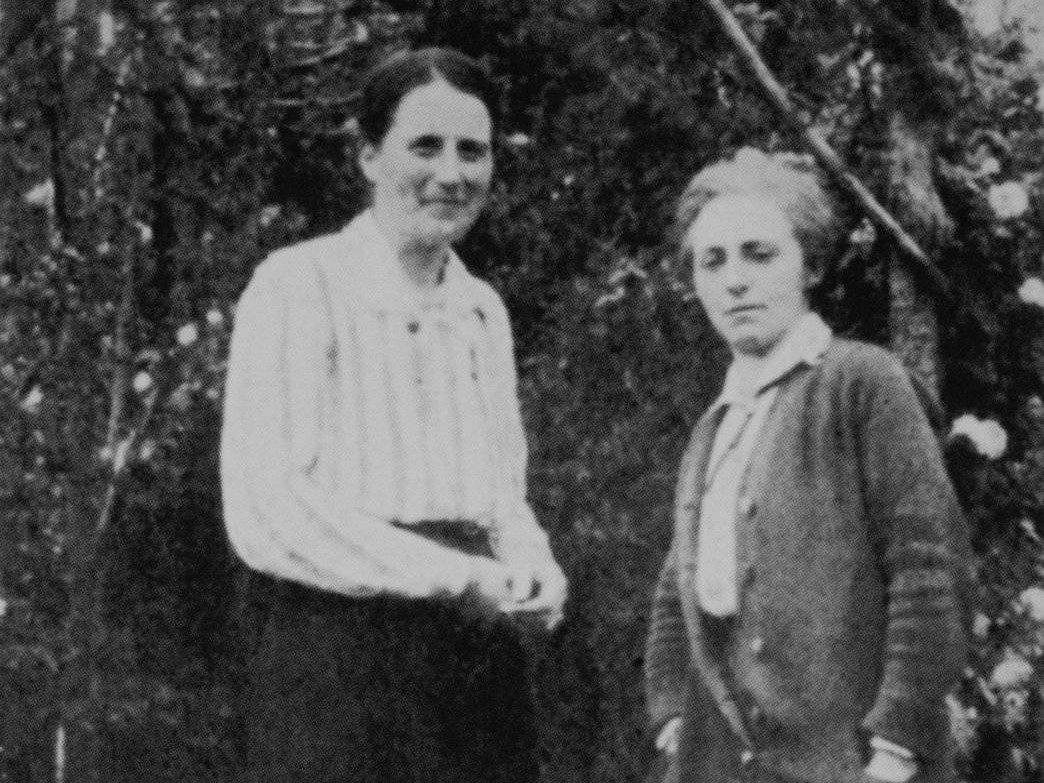The Sitter
 Photograph of Katheleen Lynn and Madeline ffrench-Mullen
Photograph of Katheleen Lynn and Madeline ffrench-Mullen
It is likely that through social and political activities Williams met Kathleen Lynn (1874–1955), a medical practitioner and political activist. Lynn was graduate of the Catholic University School of Medicine in Cecilia Street and became a fellow of the Royal College of Surgeons in 1909. Lynn practiced from her home in Rathmines as well as at the Royal Victoria Eye and Ear Hospital.
Through her friendship with Countess Markievicz and Helena Molony, Lynn became active in the suffragist, labour and Nationalist movements. She supported the workers during the Dublin Lockout in 1913, and became a friend of James Connolly.
Lynn was a member of the volunteer Irish Citizen Army, teaching first-aid to them, and Cumann na mBan. She was Chief Medical Officer during 1916 Rising and was stationed at City Hall. During the Rising City Hall was re-captured by British forces on the evening of Easter Monday. Lynn was arrested and imprisoned.
By the summer of 1916 Lynn was back at her home in Rathmines and re-established her practice although she lost her hospital appointment. She remained active in the Nationalist movement and was elected vice-president of the Sinn Féin executive in 1917. Lynn became a Teacher Dála (TD) for Dublin in 1923, although she didn’t take her seat.
In 1919 she co-founded Saint Ultan’s Hospital for Infants on Charlemont Street, with her partner Madeline ffrench-Mullen. The hospital provided much needed medical and educational support to impoverished infants and their mothers. Lynn and ffrench-Mullen devoted the rest of their lives to the hospital.
This portrait of Lynn by Williams was painted in four sittings in October 1918. Although painted in oils, the light application of painting and luminous colouring offers the effect of a pastel. Williams also designed an image of St Ultan which was used for the hospital’s posters, and was reproduced in The Book of Saint Ultan in 1920.
Read Kathleen Lynn's Easter Week 1916 diaries online